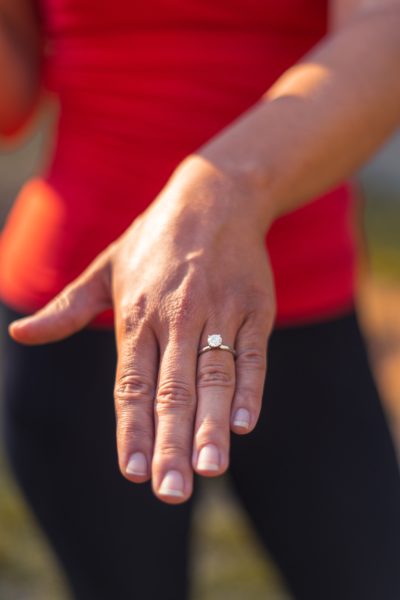
One of the most attractive features of diamonds is the fact that these stones are available in a kaleidoscope of different shapes, sizes, colors, and cuts. From smaller examples suited for a minimal budget to truly massive gems that can be seen from across the street, no two diamonds are alike. Unfortunately, the chances are high that you cannot afford to spend tens of thousands of dollars on such a stone.
Image: https://pixabay.com/photos/water-glass-liquid-wet-refreshment-3853492/
The good news is that it is always possible to compromise. Research has found that the most common diamond size equates to one-half of a carat (0.5 carats). What do you need to know when purchasing this stone so that you can make a well-informed decision? This question deserves a bit more attention.
Always Keep the 4 “C’s” in Mind
You have likely heard of a phrase commonly referred to as the “Four ‘C’s'”. These refer to:
- Color
- Cut
- Clarity
- Carat
It only stands to reason that stones of a larger carat will be priced higher than smaller varieties. However, many consumers are surprised to learn that the clarity of a diamond is its most important characteristic.
A stone with few (or no) visible inclusions will be worth much more than a larger diamond that contains imperfections that can be seen with the naked eye. So, be sure to find a balance between the clarity of your diamond and what you can afford to spend.
In the same respect, the color of the diamond will play a role (blue and red hues tend to be the most expensive). The cut is also important, as the facets are intended to reflect any ambient light. A brilliant round cut is normally the most expensive although this will partially depend upon the characteristics of the stone as well as the artisan.
Choosing a Lower Color and Clarity
This suggestion might appear to be illogical at first glance. After all, we have just pointed out that clarity is key when determining the value of a diamond. However, we need to remember the size of your stone. Loose diamonds that are 0.5 carats are great choices for another surprising reason.
While they are large enough to easily complement a ring or piece of necklace, they are small enough so that inclusions and color variations are very difficult to spot with the naked eye. In other words, it wise to consider a stone that contains several imperfections but is still beautiful to behold. This will save you money and you might even be able to upgrade to a larger carat.
The Cut
The cut of the stone will be determined by its existing characteristics. This is why some display an oval shape while others are square or perfectly round. Consider the cut of your diamond and how it will appear with the jewelry. You can also choose to leverage online resources, as there is plenty of information that can help you might the right choice.